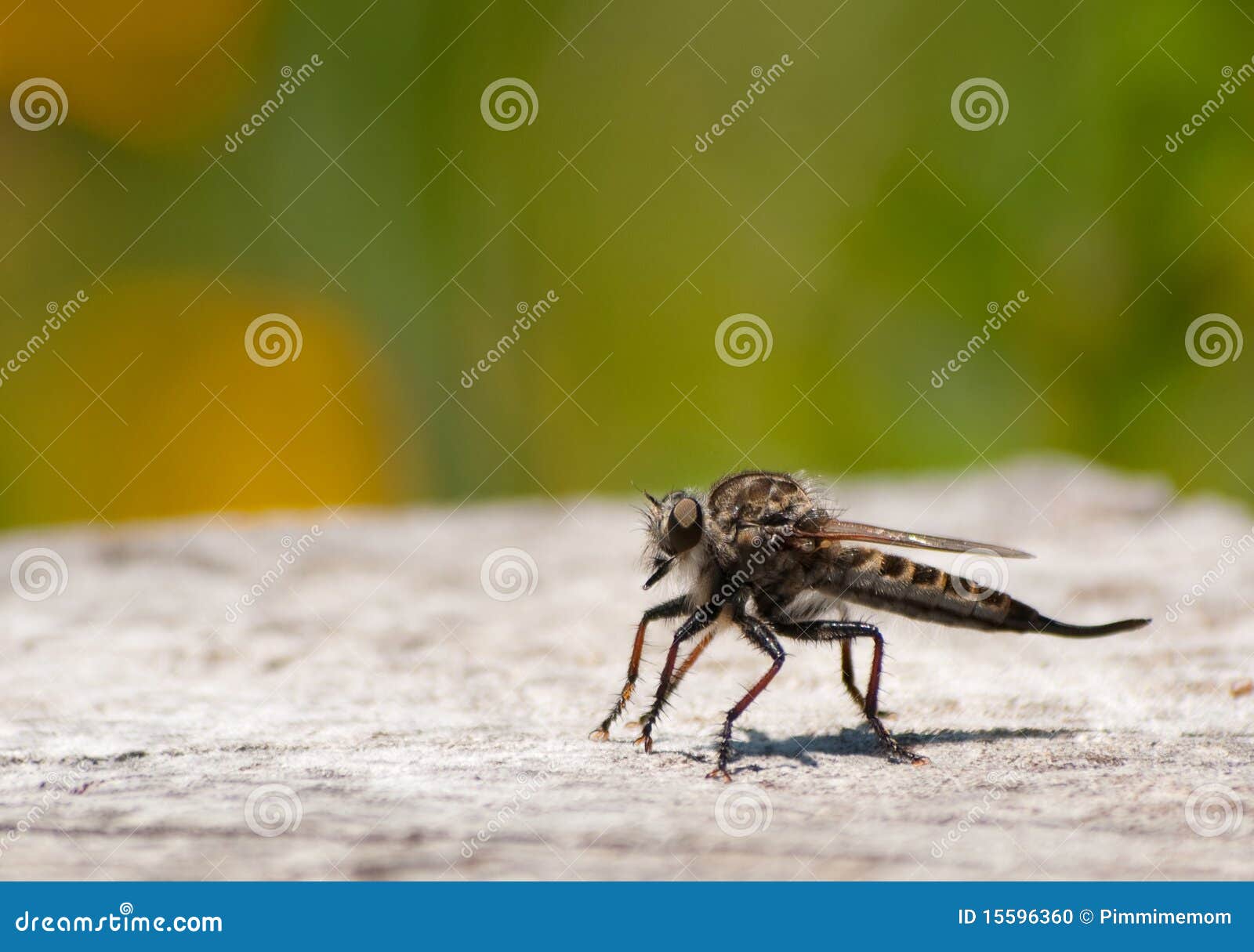
If live wasps are still observed, repeat the treatment at three-day intervals until they are all dead.” If no activity is observed the next day, the nest has been successfully exterminated. ‟Apply a ready-to-use aerosol ‛wasp and hornet spray’ into the entrance of the nest during late evening according to label directions. The University of Missouri also points out that the type of nest you are trying to get rid of plays an integral part in the treatment choice. Honey bees are extremely beneficial to the ecosystem and are very hard to control if you’re not trained. ‟ Pyrethroid: Allethrin, Bifenthrin, Cyfluthrin, Cypermethrin, Deltamethrin, Esfenvalerate,Lambda-cyhalothrin, Permethrin, Sumithrin, Tetramethrin and Tralomethrin Botanical: Phenethyl propionate and Pyrethrum.”Īn important note: If you are dealing with honey bees, strongly consider calling a pest management professional.

This is the chief reason for failure in destroying the bees in the walls of houses.”īut if you are going to attempt bee control yourself, the University of Missouri lists the following compounds in bee sprays for the chemical control of bees: ‟If you spray poison through the flight hole, it may not make contact with the nest and kill the bees. In fact, the city of Oakland brings up a very good point about DIY bee control for social bees as well, especially if the nest is in your home’s structure: These types of issues are best left to pest management professionals. Controlling them is not desirable, even if it were easy to do so … However, finding the nesting site is usually difficult because these bees may fly long distances.” ‟all of these bees are beneficial because they pollinate plants. The scientists at the University of Missouri go on to say about ‟sweat bees, mining bees, leafcutting bees” and other solitary bees that: Bees and wasps cannot see red, so they will not be attracted to the light, but the operator will be able to see well enough to apply the pesticide.” Apply the insecticide after dark, using a flashlight with a red lens or a lens covered with red cellophane. DeltaDust (deltamethrin) or various liquid or aerosol pyrethroids are effective. ‟If control is necessary, it should be done by spraying or injecting a dust insecticide into the nest. This will protect against future utilization of the old nesting tunnels and reduce the chances of wood decay.”įor bumble bees, the University of Missouri provides some killer tips for working with bee spray: Then plug the entrance hole with a piece of wooden dowel coated with carpenter's glue, or wood putty. Leave the hole open for a few days after treatment to allow the bees to contact and distribute the insecticide throughout the nest galleries. Residual effectiveness of these insecticides is often only 1-2 weeks, however, and the treatment may need to be repeated … Aerosol sprays labeled for wasp or bee control also are effective. ‟Liquid sprays of carbaryl (Sevin), chlorpyrifos (Dursban), or a synthetic pyrethroid (e.g., permethrin or cyfluthrin) can be applied as a preventive to wood surfaces which are attracting bees.

If you want a spray that will be more effective on a nest of bees, there are several other factors to take into consideration.įor carpenter bees, the University of Kentucky recommends the following: Spray every bee until no bees return for at least one day.” The soap-water solution will kill the bees but doesn’t leave a harmful residue like an insecticide. ‟Mix one part dish soap to four parts water in spray bottle. If you only have a few bees buzzing around your property and are worried that they might be trying to build a nest, the bee specialists at Texas A&M University suggest the following: They might also be more harmful to you and your family. The spray you buy at your local hardware store or pharmacy might not be as effective as a pest management specialist’s arsenal. Before grabbing your bee spray and heading out to tackle the problem on your own, here are a few things you should know: Bees might be beneficial to the environment, but they can also be a pain in the neck if you get stung.


 0 kommentar(er)
0 kommentar(er)
